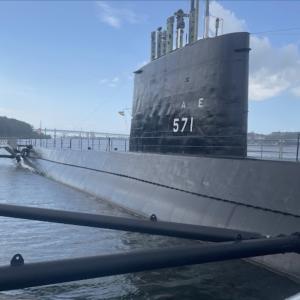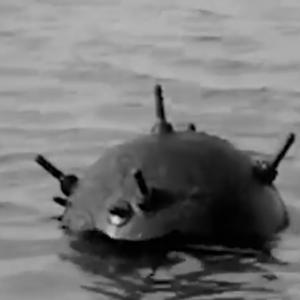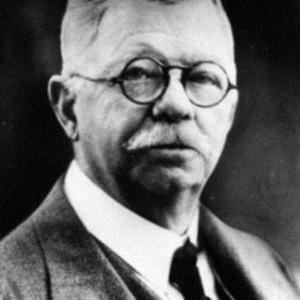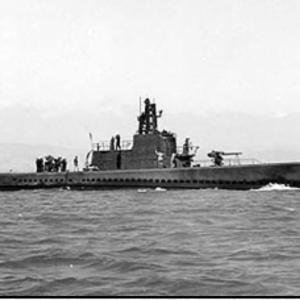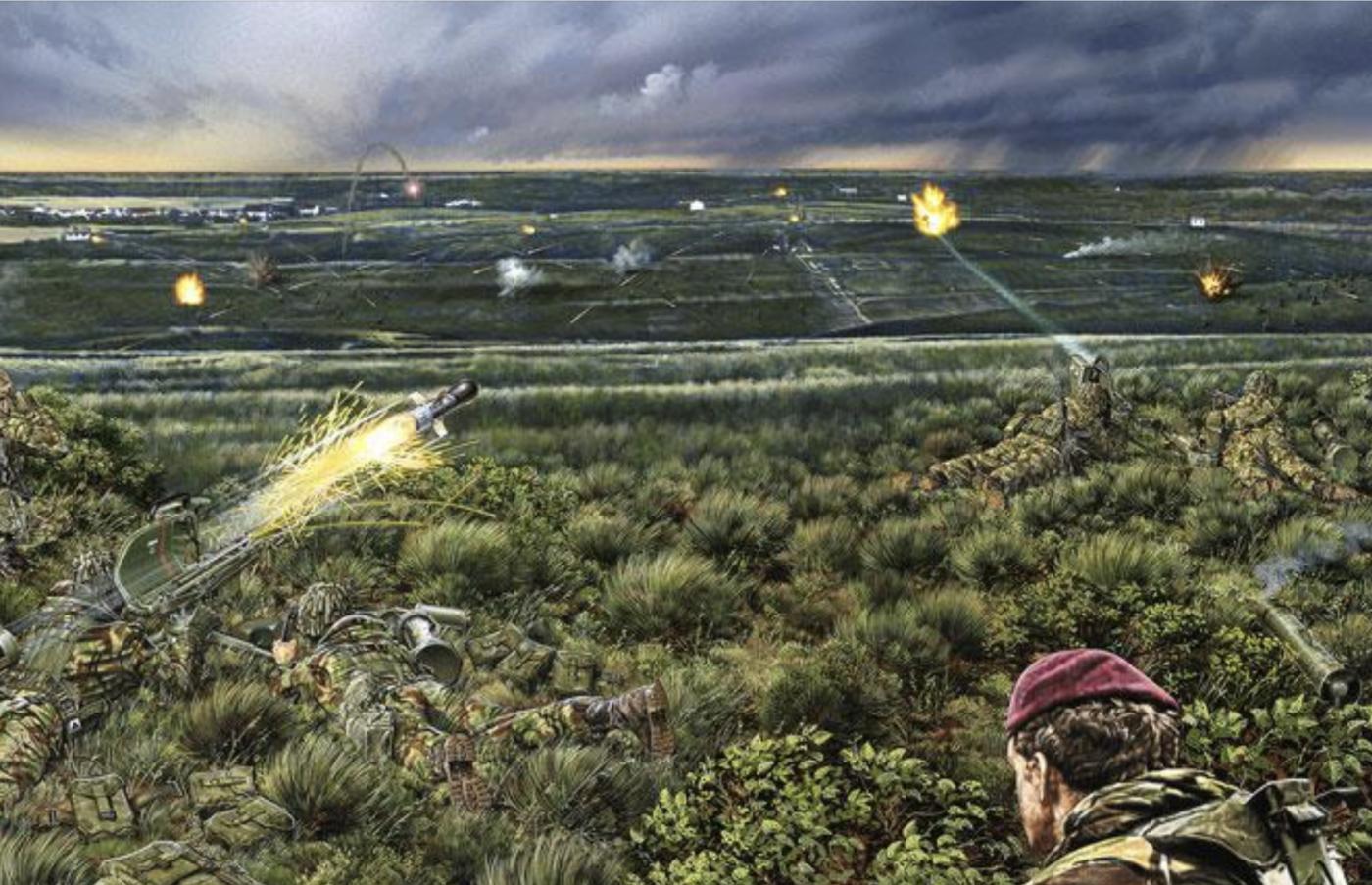
Battle of Goose Green
Late on the evening of 26 May, elements of 2nd Battalion, The Parachute Regiment (2 Para), approximately 500 strong, began advancing south from the Sussex Mountains toward the Darwin isthmus. Intelligence regarding Argentine troop strength remained limited, and British commanders faced uncertainty about the scale and disposition of the enemy forces defending the Goose Green area. However, after the battle concluded, it became clear that the British had been facing a significantly larger force than expected. Over 1,000 Argentine personnel eventually surrendered, including the bulk of the 12th Infantry Regiment, elements of the 25th Infantry Regiment, personnel from the Air Force, and support units. The number of Argentine dead was revised from early estimates of 250 to fewer than 50.
The Argentine defenders had established an extensive system of field fortifications and trenches that stretched across the narrow isthmus between Boca House and Darwin. The terrain was mined and well-chosen for defense. Fire support was provided by 105mm artillery, anti-aircraft guns used in a ground role such as the effective 35mm twin Oerlikon cannons, and tactical aircraft based at Port Stanley.
By the early morning of 27 May, 2 Para had completed an eight-mile approach march from the Sussex Mountains and reached Camilla Creek House, where the battalion paused to rest and reorganize. C Company sent out reconnaissance patrols to probe Argentine positions on both flanks, but these units encountered fire and were forced to withdraw. Later that day, two Harrier GR.3 jets conducted a strike against Argentine positions using cluster munitions. During a strafing run, one Harrier was hit by ground fire, likely from an Oerlikon gun, and crashed west of Goose Green. The pilot, Jerry Iveson, ejected and evaded capture for three days before being rescued by British forces.
That night, artillery support was flown in by Sea King helicopters. Three 105mm L118 guns from 8 Battery, Royal Artillery, were delivered to Camilla Creek House along with ammunition and crew. HMS Arrow moved into Grantham Sound to provide naval gunfire support directed by a forward naval observer. After repairing a turret malfunction, the frigate remained on station until dawn, when the threat of air attack forced her to return to San Carlos.
Late on the night of 27 May, 2 Para advanced two miles to their start line. C Company took point, followed by D Company in reserve. A and B Companies assembled on opposite sides of Burntside Pond, supported by mortars to the rear and Milan anti-tank teams positioned across Camilla Creek, directly opposite Argentine forward positions.
At 3:30 a.m. on 28 May, A Company launched the attack, moving on the left toward Burntside House, which was believed to be held by Argentine troops. It was unoccupied except for four civilians. At 4:10 a.m., B Company moved up the right flank with D Company following behind. As they pushed forward with artillery support, B and D Companies encountered entrenched Argentine positions and engaged in intense close-range fighting. A Company continued forward past empty Argentine positions at Coronation Point and began a flanking movement around the inlet toward the settlement of Darwin. A platoon was left in position to provide covering fire as the rest of A Company advanced.
At first light, the advance bogged down. B Company came under heavy fire from well-dug-in defenders at Boca House, while A Company was halted by accurate fire from an elevated position soon to be named Darwin Hill. The fighting stalled as casualties mounted. Recognizing the danger of a stalemate, Lieutenant Colonel Herbert Jones, commanding officer of 2 Para, moved forward to A Company’s location to personally direct the attack. After two failed attempts to move up the hill, resulting in the deaths of two officers and a sergeant, Jones took a small group forward himself. Under heavy machine-gun fire, he charged the Argentine position, urging his men on. He was shot in the back and mortally wounded during this solo assault. His leadership and personal courage were later recognized with a posthumous award of the Victoria Cross. The citation described how he displayed gallant and selfless leadership in the face of overwhelming fire, and that his actions inspired the battalion to renew the assault.
After Jones's death, command of the battalion passed to Major Chris Keeble. With limited communications and under increasing pressure, Keeble made a series of tactical adjustments. He instructed A Company to continue pressing up Darwin Hill, pulled B Company back slightly from Boca House to reduce exposure, and ordered D Company to swing wide along the coast to attack the Argentine right flank. Argentine reinforcements were being flown in by helicopter from the south, and further air support missions were launched from Stanley. One Pucará aircraft was damaged earlier in the day, possibly by a Blowpipe missile, and barely made it back to base. Later, two Pucarás strafed a British medical party attempting to evacuate Jones. Captain Niblett managed to take cover, but Lieutenant Nunn was killed in the attack. One of the attacking Pucarás later crashed on its return to Stanley.
By midday, A Company had taken Darwin Hill after fierce hand-to-hand fighting. B and D Companies succeeded in neutralizing the Argentine strongpoint at Boca House. With the way forward opened, D and C Companies pushed toward Goose Green airfield and the main settlement, while B Company moved to the east to block any possible Argentine retreat. During the assault near the schoolhouse at Goose Green, three men from D Company were killed under unclear circumstances involving a white flag, which may have been a ruse or a misunderstood signal of surrender.
In the late afternoon, Argentine aircraft conducted further attacks, including two MB.339s and two Pucarás. One Argentine Navy jet was brought down by a Blowpipe missile. One of the Pucarás dropped napalm, while the other was shot down by small arms fire. British Harriers arrived shortly after and struck Argentine anti-aircraft positions near Goose Green with cluster bombs and rockets, helping relieve pressure on the ground troops.
As darkness approached on 28 May, the remaining Argentine forces found themselves surrounded in Goose Green. Their positions were under constant artillery and aerial attack, with no escape route. Helicopters continued bringing in reinforcements from the south, but these forces could not change the outcome. That night, in an effort to avoid further bloodshed and prevent destruction within the civilian-populated settlement, Major Keeble decided to open negotiations. Two captured Argentine soldiers were sent under a white flag to deliver a surrender proposal to the Argentine commander, Wilson Pedroza.
Negotiations lasted through the night, with Keeble making it clear that British artillery and air power would resume at first light if resistance continued. Faced with mounting casualties, dwindling supplies, and the impossibility of relief, Pedroza agreed to unconditional surrender. At approximately 8:00 a.m. on 29 May, he formally surrendered all Argentine forces at Goose Green and Darwin to the British.
In total, 1,083 Argentine personnel were taken prisoner. This included not only infantry but also members of the Air Force, medical staff, and logistics units. The prisoners were disarmed, processed, and eventually transported to San Carlos before being shipped via the British transport vessel Norland to Montevideo, Uruguay, in early June.
British casualties included 15 killed from 2 Para, one Royal Engineer, and one Royal Marine pilot, with approximately 30 to 40 wounded. The battle marked the first major land engagement of the Falklands War and significantly boosted British morale. The victory at Goose Green also proved a turning point in the campaign, both militarily and politically.

